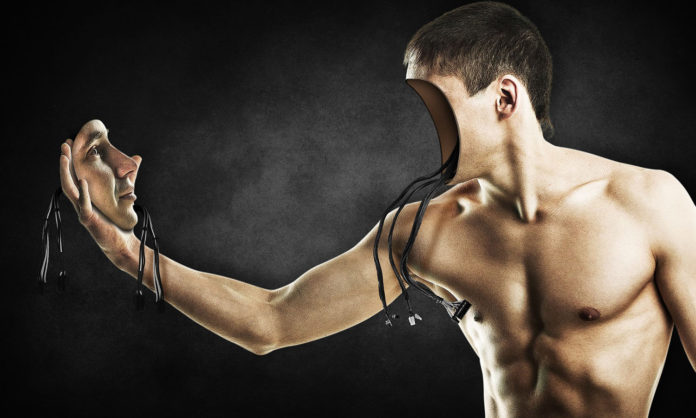
In a post on Lit Hub, Claire Stanford discusses the challenge of writing about fictional technology even as similar tools emerge in the real world. When she started writing her novel, Happy for You, an app that measures user happiness seemed far-fetched. However, the constant evolution of tech brought that idea into the present far faster than Stanford anticipated.
Stanford realized she had two problems: 1) the actual advance of hardware and software that occurred as she was writing; and 2) the evolving social and political context of this technology, which she observed was “rapidly moved from personally unsettling to geopolitically destabilizing.”
For Stanford, the solution was envisioning her app as a character in its own right, with the ability to say what she wanted it to say and to interact with her protagonist. “By giving the app its own individuality, it began to matter less what else was happening in hardware and software developments; this was the way JOYFULL spoke, this was the way JOYFULL thought,” she explains.
The other key was finding the right role for her protagonist, whom she first envisioned as a scientist or scientist’s assistant, neither of which worked. “I realized what I wanted for a narrator was not an insider but an outsider,” Stanford says. “Someone who was trying to understand not only the technology but the tech ethos; someone who—for a myriad of reasons, primarily financial—wanted to believe in the company’s mission, but couldn’t bring herself to get fully on board.”
That combination of active technology and a questioning protagonist gave Stanford the story she was looking for. “Focusing on Evelyn’s experience—on the personal—was also my way of accessing the larger political questions around contemporary technology,” she adds. “I wanted to explore how one person, Evelyn, is affected by these increasingly-invasive technologies, and how she attempts to justify that work.”











